Tech
How Fortnite Rank Work: From Bronze To Unreal Explained?
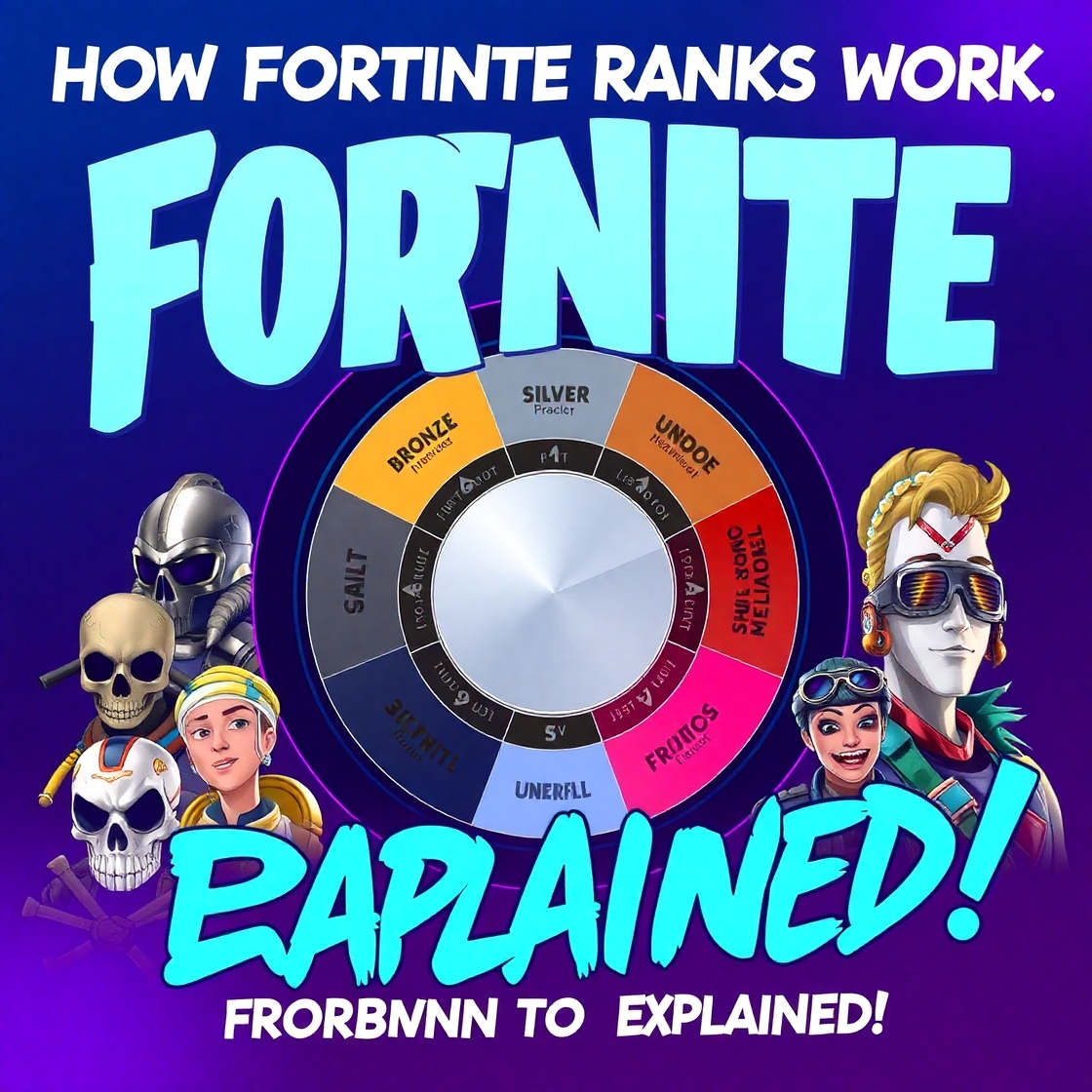
Fortnite has come a long way from being just a casual battle royale game. These days, competitive players are diving into the Fortnite Rank system to test their skills and climb to the top.
Whether someone’s a casual player looking to understand their rank or an aspiring pro, knowing how the system works can make all the difference.
In this blog, you’ll learn how Fortnite ranks work, from Bronze to the legendary Unreal rank.
What Is the Fortnite Rank System?
Fortnite introduced ranks to give players an organized method for testing their skills. The sport is about more than just getting the victory. The way ranks are earned depends on your performance, regularity, and growth. Competing in Ranked Battle Royale or Zero Build, users obtain points depending on their performance. If the rankings are better, the rank will increase quickly.
This system pairs players with others at a similar skill level, which helps make matches more balanced and competitive.
All Ranks in Fortnite: A Simple Breakdown
There are eight main divisions in the Fortnite ranking system. Each rank includes three levels (except the top tier), allowing for steady progression.
Here’s a breakdown of all ranks in Fortnite, from the starting point to the highest level:
Bronze – This is where everyone starts. Bronze players are usually new to Ranked mode or still learning the ropes.
Silver – A step up, showing some improvement and better match placement.
Gold – Players here are solid, with a good understanding of game mechanics and strategy.
Platinum – Now it gets serious. Players at this level know how to build, edit, rotate, and make smart plays.
Diamond – High-level competitive play. Most players here are well-practiced and very consistent.
Elite – A smaller pool of strong players who dominate matches regularly.
Champion – Only the best make it this far. These players have a sharp aim, fast-building skills, and smart decision-making.
Unreal – The highest rank. Players who reach Unreal are among the top in the world. It’s a major achievement.
How Players Move Through the Ranks?

Climbing through the Fortnite rank system depends on match performance. But it’s not just about winning. Points are earned based on eliminations, placement, and teamwork (especially in team modes).
Here’s what helps a player rank up:
- Surviving longer in matches
- Earning eliminations
- Winning games
- Playing consistently over time
On the flip side, losing early or not performing well can slow progress or even drop a player down a level.
What’s great is that once a player reaches the Unreal rank, they stay there for the rest of the season. From that point, the focus shifts to leaderboard placement; players compete for a top spot rather than chasing a new rank.
Ranked Matchmaking and Fair Play
One of the main goals of the Fortnite ranks is to ensure fair matchmaking. When players queue into Ranked mode, they’re matched with others at similar ranks. So a Bronze player won’t be thrown into a lobby with Elite or Champion players unless they’re partied with higher-ranked friends. This keeps the game fun and fair while also giving players a challenge at their level.
Also, Fortnite separates Ranked gameplay into Battle Royale and Zero Build modes. This gives everyone the option to play the way they like best without losing progress in one mode while playing the other.
Tips to Climb Faster in the Fortnite Rank System
Want to move up faster? Here are some friendly tips to help improve and rank up:
- Play Smart: It’s not just about rushing into fights. Stay aware of the zone, rotate early, and avoid risky plays unless it’s necessary.
- Stick With a Duo or Squad: Team modes are often easier to rank up in when playing with the same group. Communication helps a lot.
- Improve One Skill at a Time: Whether it’s building, aiming, or game sense, focus on one area and get better at it.
- Watch and Learn: Watching high-ranked players can help develop better habits and strategies.
Why Ranks Matter (But Don’t Stress!)
Even though improving in Fortnite can be fun, ranks do not show how skilled a player truly is. Having down days is normal for everyone. At times, the most important thing is having fun instead of trying to improve your rank.
Setting goals, tracking progress, and being encouraged by ranks is useful, yet it is not the main part of chess. To this day, Fortnite gives you opportunities to have fun, build crazy things, and try entertaining plays.
Conclusion
The Fortnite rank system adds a fun and rewarding layer to the game. From Bronze to Unreal, each rank gives players a reason to push harder and grow their skills. Knowing all the ranks in Fortnite helps players set goals and better understand their standing.
Whether someone’s just starting out or eyeing a spot in the Unreal leaderboard, Ranked mode keeps things fresh, challenging, and exciting. So gear up, drop in, and aim for that next big rank.
Tech
Delta Ds Bios Files: Why You Need Them For Nintendo Ds Emulation
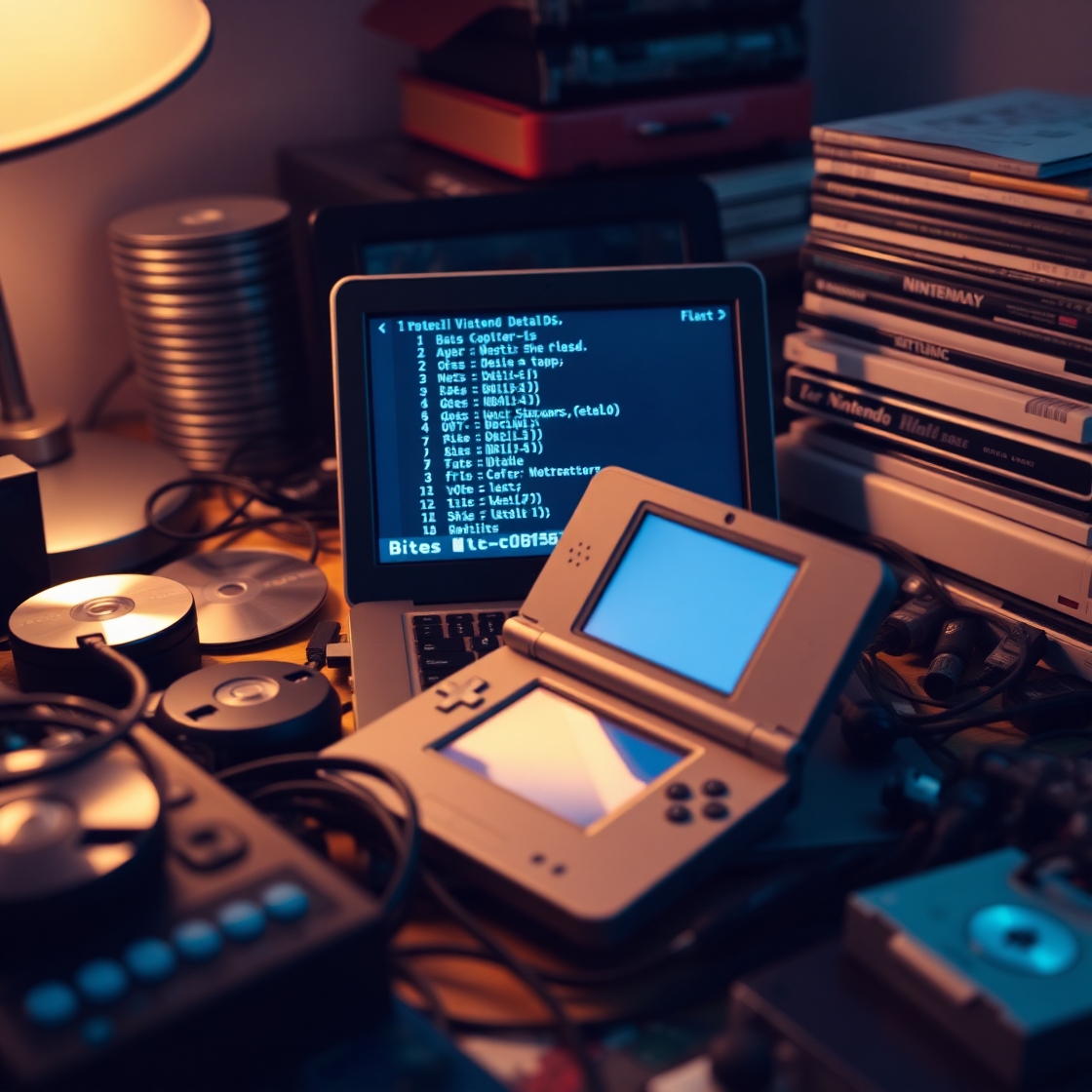
If you’re exploring Nintendo DS emulation, you’ve likely come across the term Delta Ds Bios Files. These files are essential to unlocking a smooth, feature-rich gaming experience on the Delta emulator. Whether you’re trying to play your favorite Pokémon game or exploring the world of retro gaming on your iPhone, understanding the role of DS BIOS files Delta emulators use is crucial.
In this guide, we’ll break down what Delta Nintendo DS BIOS files are, why they matter, and how they work within the emulator to mimic the real DS hardware.
What Are DS BIOS Files?
BIOS stands for Basic Input/Output System. On an actual Nintendo DS or DSi console, the BIOS is a small firmware layer responsible for low-level tasks like booting the system, managing memory, rendering graphics, and communicating with game cartridges and peripherals.
In the world of emulation, DS BIOS files are digital copies of this firmware. When loaded into an emulator like Delta, they allow games to run as if they were on real DS hardware.
Why Delta DS BIOS Files Are Essential
The Delta emulator DS BIOS files are not just technical extras — they’re essential components for running most commercial DS and DSi games. Without these BIOS files, you’re likely to encounter issues such as:
- Games failing to boot
- Missing graphics or sound
- Non-functional Wi-Fi or local multiplayer features
- Touchscreen or microphone input errors
In short, Delta Nintendo DS BIOS files provide the core foundation needed for the emulator to replicate original DS functionality.
Key BIOS Files Required for Delta Emulator
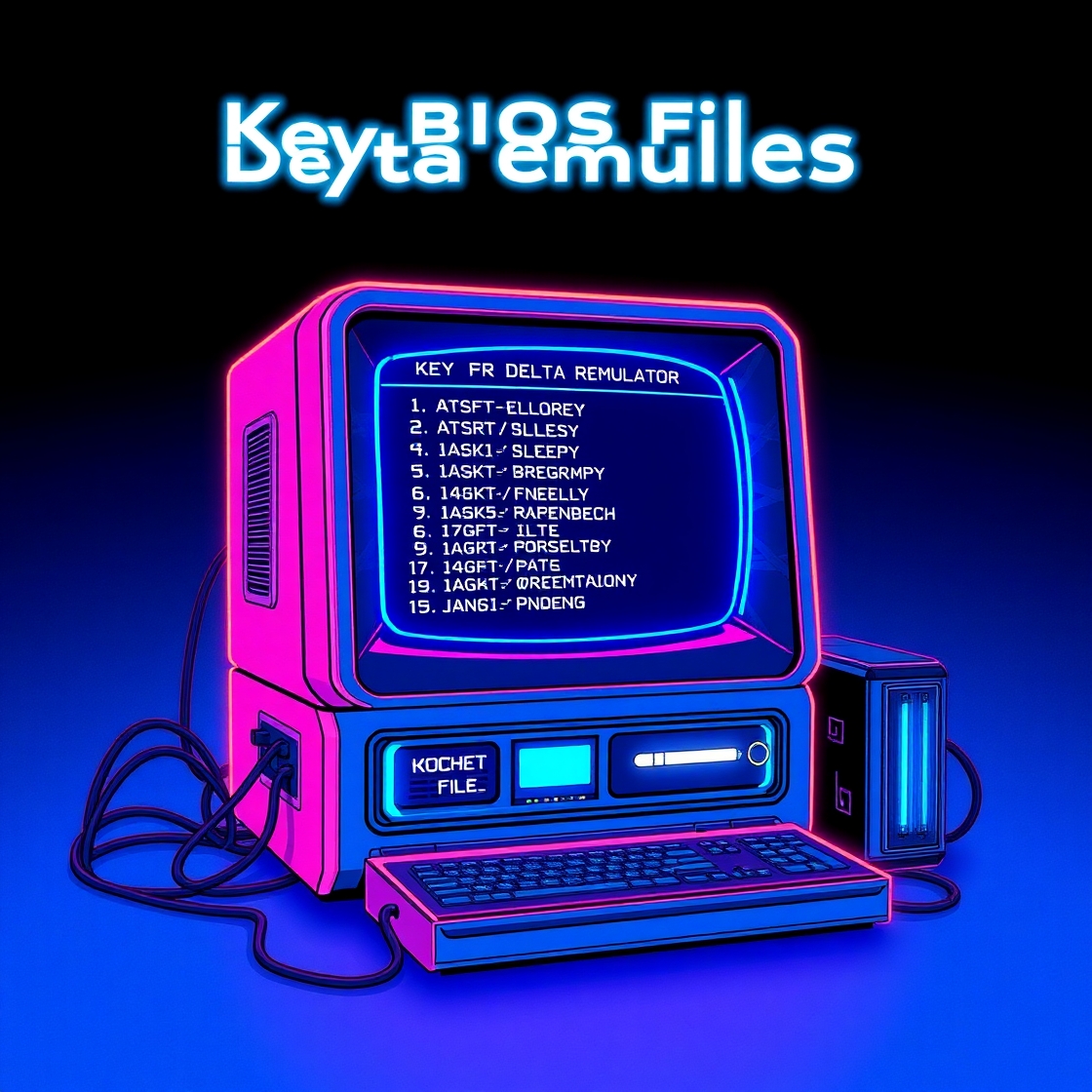
To run Nintendo DS games effectively in Delta, you’ll need three specific BIOS files:
Bios7.bin
This file emulates the original Nintendo DS firmware. It is responsible for core functions like memory access, audio, and touchscreen input.
Bios9.bin
The Bios9.bin file supports Nintendo DSi-specific features, such as SD card access and updated graphics protocols. It’s vital for emulating DSi-exclusive games or enhanced titles.
Firmware.bin
This BIOS file handles Wi-Fi connectivity, local wireless multiplayer, and DS sleep mode functionality. Without it, networking features won’t work in the emulator.
Together, these three files ensure that your Delta DS emulator BIOS files fully emulate a real console experience.
How Delta Emulator DS BIOS Files Work
When you launch a game on the Delta emulator, it uses the BIOS files to process system-level functions. Here’s a simplified breakdown of what happens:
- Game sends a command (e.g., play audio)
- Emulator passes it to the BIOS (e.g., through Bios7.bin)
- BIOS mimics DS firmware behavior to produce the expected result
This chain of interaction allows commercial games to run smoothly, including high-compatibility titles that demand deep hardware emulation.
How to Get Delta Nintendo DS BIOS Files
Since DS BIOS files Delta emulators require are proprietary firmware, they are not included in the emulator due to legal restrictions. Here are two ways to obtain them:
Dump From Your Own DS Console
- Use a DS flashcart and homebrew tool to extract BIOS from your hardware.
- This is the safest and most legally compliant method.
Download from the Web (Use Caution)
- Some emulator communities provide pre-dumped BIOS files.
- Always scan downloads for malware and avoid suspicious sites or bundled software.
Remember: sharing BIOS files may violate copyright laws, so proceed carefully.
Troubleshooting Common BIOS File Issues in Delta
If your games aren’t running properly in Delta, your BIOS setup might be the problem. Here’s how to fix it:
- Re-download BIOS files: Corrupt or incomplete files often cause issues.
- Ensure correct filenames: BIOS7.bin, BIOS9.bin, and Firmware.bin must be named exactly.
- Store in the correct folder: BIOS files should be placed in Delta’s designated BIOS directory.
- Check emulator version: Make sure you’re running the latest stable release of Delta.
- Enable/disable BIOS settings: For example, toggling “Skip BIOS Logo” can affect performance.
Can You Use Delta Without DS BIOS Files?
Technically, yes — but expect a limited and broken experience.
Here’s what you’ll miss:
- Most commercial DS games won’t boot
- Wi-Fi and multiplayer features won’t work
- Audio and graphics may glitch
- Input functions like touchscreen or mic may fail
Only basic or homebrew titles might work, and even those could run with bugs. To get the full Delta experience, Delta DS BIOS files are a must.
Final Thoughts: The Role of Delta DS BIOS Files in High-Quality Emulation
In the world of Nintendo DS emulation, BIOS files are more than optional add-ons — they’re foundational system components. For the Delta emulator, having the correct Delta Nintendo DS BIOS files transforms your mobile device into a high-performance gaming console.
By ensuring you have BIOS7.bin, BIOS9.bin, and Firmware.bin correctly configured, you unlock the full capabilities of Delta — including accurate gameplay, online connectivity, and smooth performance.
For the best results, always use clean BIOS files from trusted sources and keep your Delta emulator updated.
Tech
The Digital Veil: Understanding Anonib And The Rise Of Anonymous Platforms
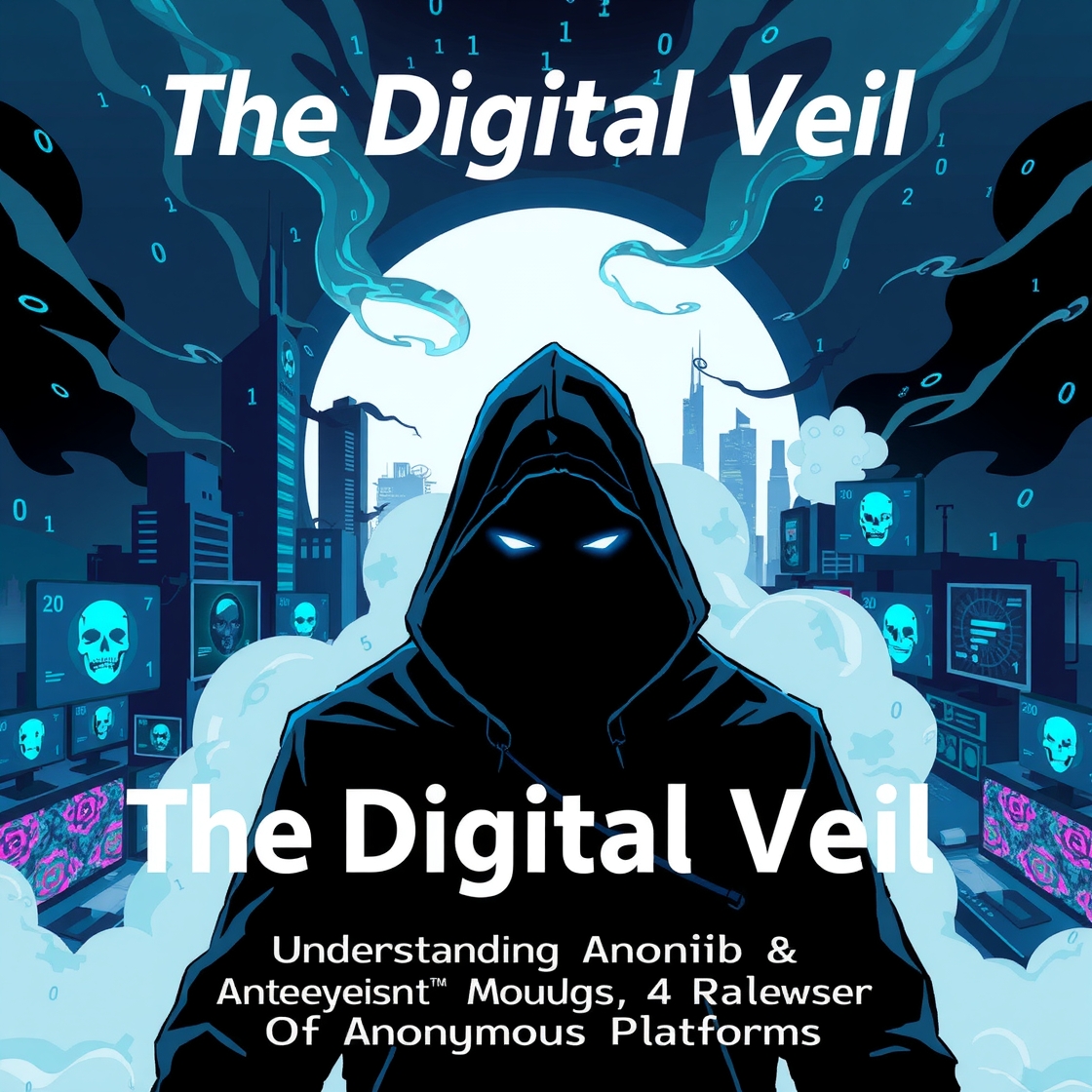
In the ever-expanding world of the internet, anonymity has become both a shield and a sword. Platforms like Anonib have emerged as digital spaces where users can share content freely—often without revealing their identity. While this level of anonymity offers privacy, it also brings with it a wave of ethical and legal concerns. In this post, we’ll explore the different regional versions of Anonib, including anonib al, anonib azn, anonib.pk, and anonib.to, and analyze how these platforms reflect broader trends in digital privacy, content sharing, and user behavior.
What is Anonib?
Anonib is an anonymous imageboard platform where users can post photos and comments without needing to register or verify their identity. Originally modeled after Japanese-style boards, Anonib allows users to create and respond to threads that are often categorized by location, interest, or theme. While it was originally used for more innocent purposes, Anonib has grown controversial for hosting explicit and sometimes non-consensual material.
A Closer Look at Anonib Variants
Different versions of Anonib exist under various domain extensions or regional tags, each serving slightly different audiences or regions. Here’s what sets them apart:
anonib al
The anonib al board is believed to be centered around users from Alabama (U.S.), although the lack of moderation means its content may range widely. It’s often used for posting localized threads, sometimes involving specific communities or individuals—raising concerns about digital harassment and privacy violations.
anonib azn
The anonib azn thread is typically targeted toward content featuring or related to the Asian community. It reflects a troubling trend of fetishization and racial targeting, something digital rights advocates continue to challenge. The anonymity aspect often makes it difficult to trace or hold users accountable for discriminatory or exploitative content.
anonib.pk
The anonib.pk section generally serves a Pakistan-based or South Asian audience. Content here ranges from casual memes to highly sensitive and explicit imagery. Like its counterparts, anonib.pk has drawn criticism for allowing non-consensual image sharing, which is illegal under Pakistan’s cybercrime laws.
anonib.to
The anonib.to domain is a more global, often fallback version of the platform. It acts as a mirror site when other versions are taken down or blocked. Like the rest, it operates in a legal grey area, capitalizing on offshore hosting and loose jurisdictional policies to stay online.
The Double-Edged Sword of Anonymity

The very feature that makes Anonib attractive—complete anonymity—is also its most dangerous. While it offers users the freedom to express and share without fear of being judged or tracked, it also fosters an environment where ethical lines are frequently crossed.
Privacy vs Accountability
Users can post sensitive, personal, or even malicious content without facing immediate consequences. For victims whose images are shared without consent, the path to justice is complex and often futile due to jurisdictional challenges.
Legal Ramifications
Platforms like anonib.to and regional variants like anonib al or anonib.pk may be operating outside of many local legal frameworks. However, new digital privacy and cybercrime laws across countries like the U.S., UK, and Pakistan are aiming to crack down on such platforms.
Why Are These Platforms Still Popular?
Despite their controversies, Anonib and its regional offshoots maintain a loyal user base. Here’s why:
- No registration: Easy access and complete anonymity attract users who prefer low-friction platforms.
- Localized content: Boards like anonib al or anonib azn create a sense of “community” despite being anonymous.
- Freedom of expression: Some users believe these platforms protect speech that mainstream social networks censor.
However, these benefits come at a high ethical and legal cost—often at the expense of vulnerable individuals whose privacy is violated.
Navigating the Future: Regulation and Responsibility
As the internet evolves, so must our approach to digital ethics and law enforcement. Here are some ways this space might change:
Tighter Regulations
Governments are becoming more aware of the damage caused by anonymous platforms. Expect stricter enforcement of laws against non-consensual content and greater cooperation between international agencies.
User Awareness
The burden also lies with users. Awareness about the risks and consequences of sharing or consuming content from platforms like anonib.pk or anonib.to can deter misuse.
Ethical Tech Development
Privacy must be balanced with accountability. Future platforms might integrate encrypted, anonymous posting with AI-powered moderation tools to flag unethical content in real time.
Final Thoughts
Anonib and its variants—anonib al, anonib azn, anonib.pk, and anonib.to—represent a controversial chapter in the story of online anonymity. While they cater to users seeking privacy and free expression, the platforms also raise serious concerns about consent, privacy, and legality.
As a tech-savvy audience, we must question not just how these platforms operate, but what kind of digital culture we’re fostering by allowing them to thrive unchecked. The future of the internet depends on our ability to responsibly manage the fine line between freedom and accountability.
Tech
Bnsf Workforce Hub App: Empowering Employees Through Smart Workforce Management
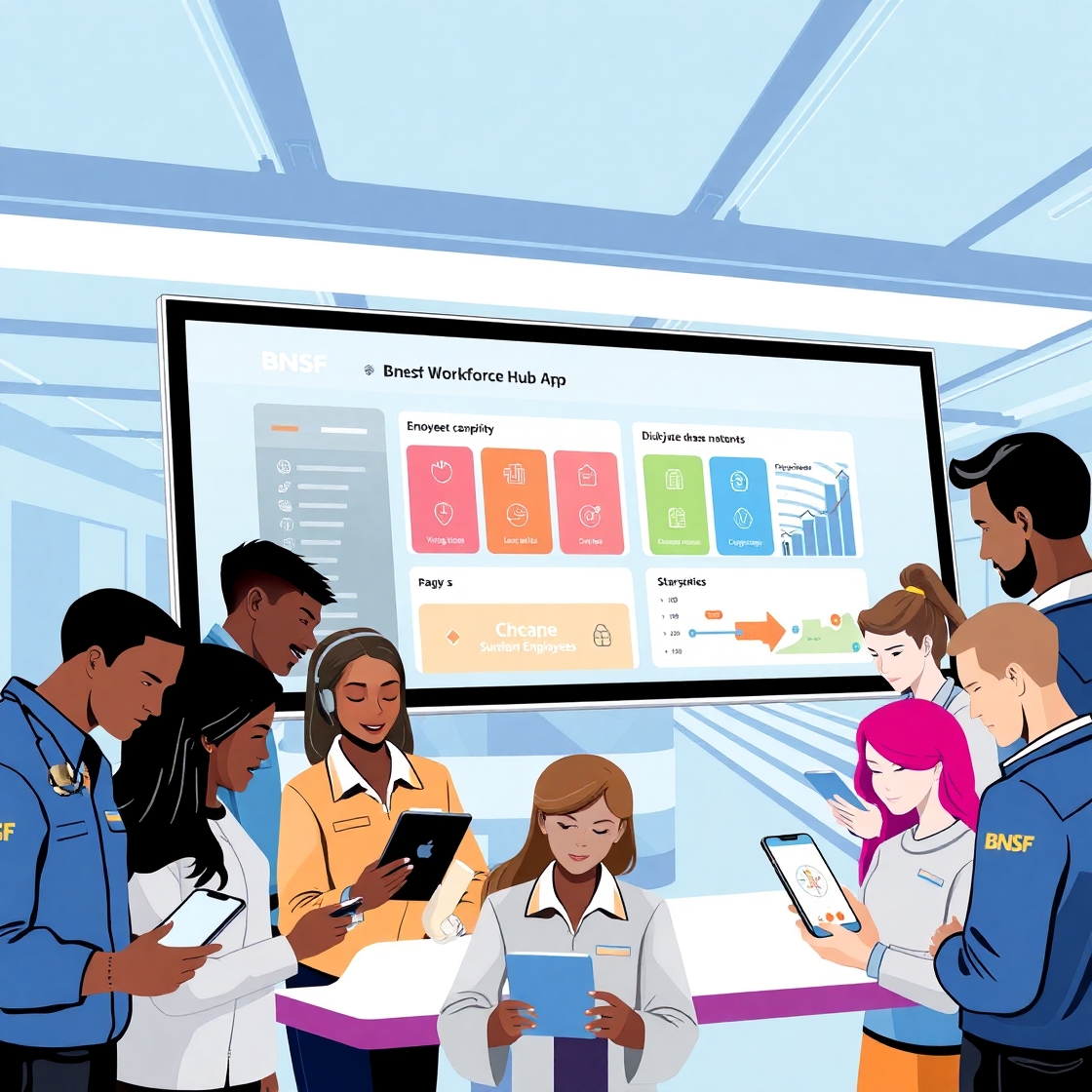
In today’s fast-paced and digitally driven business landscape, companies are investing heavily in technologies that streamline operations and support employee success. One such innovation is the BNSF Workforce Hub App — a powerful platform that has redefined workforce engagement and productivity for one of America’s largest freight rail networks.
Whether you’re an employee looking to access essential tools or a business leader exploring workforce management solutions, the BNSF Workforce Hub stands out as a cutting-edge platform with user-friendly functionality and enterprise-level performance.
What Is the BNSF Workforce Hub?
The BNSF Workforce Hub is a centralized digital platform developed by BNSF Railway, designed to support employee productivity, streamline human resource processes, and enhance internal communication. Available through bnsf.com/workforcehub, this integrated solution enables employees to access schedules, request time off, complete training, and much more—all from a single, secure interface.
Accessing the BNSF Workforce Hub App
The BNSF Workforce Hub App offers mobile access to everything available on the desktop version, making it easier than ever for BNSF employees to stay connected—on-site or on the go. Through the app, employees can:
- Check work schedules and upcoming shifts
- Submit leave requests
- View HR documents and benefits
- Access personalized training modules
- Receive company-wide updates and announcements
To log in, users can use their credentials via the BNSF Workforce Hub Login page, either through the mobile app or directly at bnsf.com/workforcehub.
BNSF Workforce Hub Login: A Gateway to Employee Tools

The BNSF Workforce Hub Login process is straightforward and secure. Employees need to use their registered credentials (often provided during onboarding) to access the system. For enhanced security, two-factor authentication (2FA) is implemented, ensuring that sensitive information like schedules, performance data, and HR resources remain protected.
Once logged in, users can navigate intuitive dashboards that present key information related to:
- Performance management
- Training and development
- Communication tools like internal messaging and discussion boards
- Pay statements and time tracking
Key Features of Workforce Hub BNSF
The Workforce Hub BNSF platform integrates several core functions to empower both employees and HR teams. Here’s what sets it apart:
Centralized Workforce Management
By integrating time tracking, scheduling, and attendance monitoring, the hub streamlines workforce coordination across various departments.
Performance & Goal Tracking
Managers and team members can set, monitor, and review individual and team goals. Real-time feedback fosters accountability and promotes professional growth.
Learning and Development
The platform provides access to webinars, courses, and skill assessments, allowing employees to grow their knowledge and remain competitive in the industry.
Employee Engagement Tools
From company surveys to internal communication channels, the Workforce Hub cultivates a culture of transparency and inclusion.
Seamless HR Operations
Tasks like onboarding, benefits enrollment, and offboarding are simplified through automation—saving valuable time and resources for HR departments.
bnsf.com/workforcehub: One Portal, Endless Possibilities
Accessible via bnsf.com/workforcehub, this digital portal provides employees with all the tools they need to succeed in their roles. It promotes:
- Work-life balance through flexible scheduling options
- Transparency in performance reviews and feedback
- Accessibility to company resources 24/7 from any device
- Career advancement through internal mobility tools and succession planning
By consolidating essential employee services into one comprehensive platform, BNSF ensures that its workforce remains connected, informed, and empowered.
Why BNSF Workforce Hub Stands Out
The BNSF Workforce Hub App is not just another HR platform—it’s a strategic initiative aimed at driving efficiency, engagement, and excellence within the organization. Here’s why it works:
- Built with employee experience in mind
- Designed for scalability and enterprise use
- Supported by robust IT infrastructure
- Constantly updated to reflect modern workforce needs
With features that support goal alignment, real-time performance reviews, and meaningful communication, Workforce Hub BNSF gives employees the tools they need to thrive in their careers.
Final Thoughts
As workforce expectations evolve, so must the tools companies use to manage and support their employees. The BNSF Workforce Hub App, accessible through bnsf.com/workforcehub, offers a powerful suite of tools for employees and HR professionals alike.
By simplifying HR processes, encouraging professional development, and promoting employee engagement, BNSF Workforce Hub has become a benchmark for workforce solutions across industries. If you’re part of the BNSF team or an organization looking for a similar solution, this platform is a model worth emulating.
-

 Tech5 months ago
Tech5 months agoThe Ultimate Guide to SFM Compile: Unlocking the Power of Custom Models for Source Filmmaker
-

 Business5 months ago
Business5 months agoUnlock The World Of Rare Coins With Coyyn.Com: Your Ultimate Guide To Collecting
-

 Tech5 months ago
Tech5 months agoCharalabush How To Buy – Your Complete Beginner’s Guide to Purchasing NFTs on Polygon
-

 Tech5 months ago
Tech5 months agoUnlocking the Future of Development: The Power of 418dsg7 Python
-

 Blog5 months ago
Blog5 months agoUnveiling The Mystical Beauty Of Uncuymaza: A Deep Dive Into Its Cultural And Spiritual Significance
-

 Tech5 months ago
Tech5 months agoUnlocking The Power Of Virtual Collaboration: How Mods Lync Conf Is Revolutionizing Online Meetings
-

 Entertainment5 months ago
Entertainment5 months agoThe Rise Of Bunkralbum: Revolutionizing The Music Industry With Innovation And Emotional Storytelling
-

 Tech5 months ago
Tech5 months agoThe Future Of Digital Transformation: How Chubbs4l20 Is Revolutionizing Ai, Blockchain, And Cloud Integration




